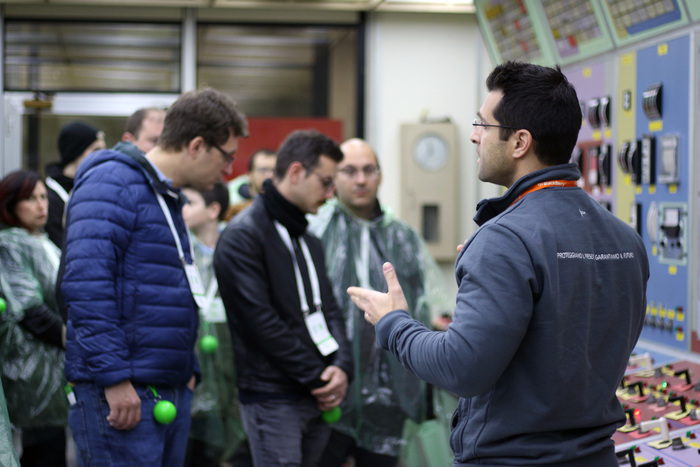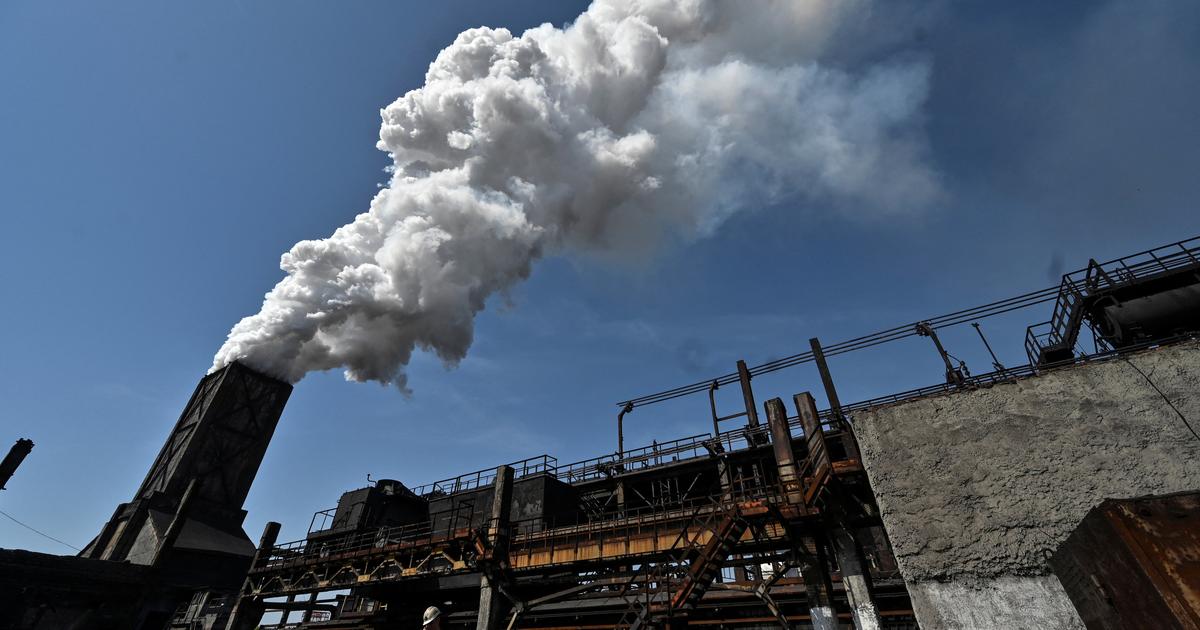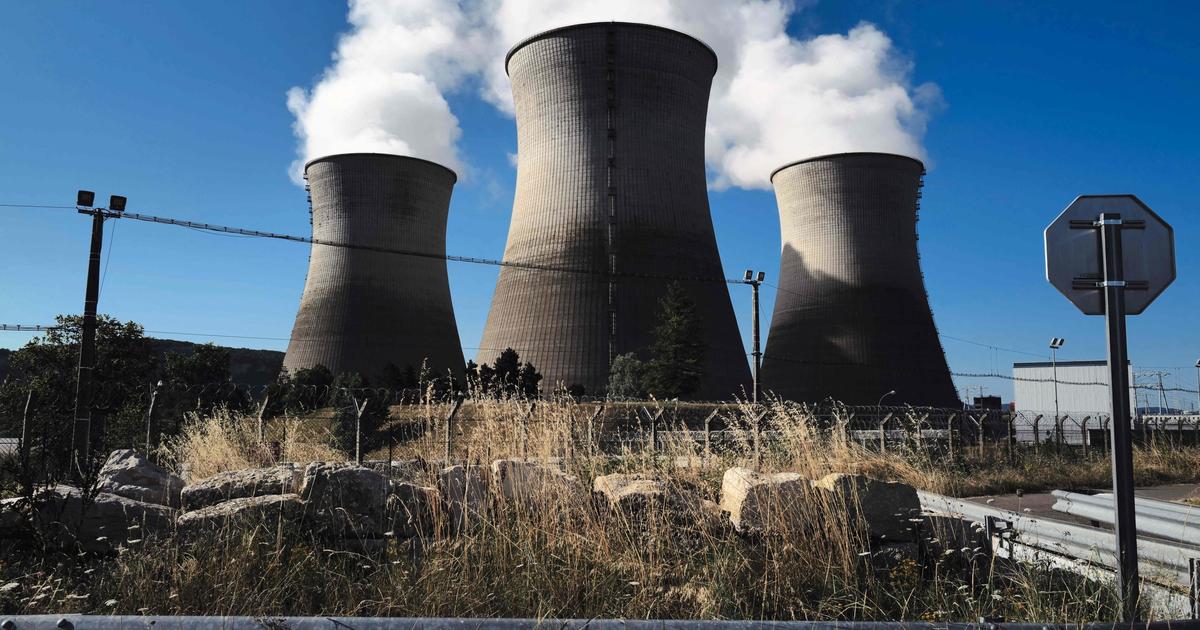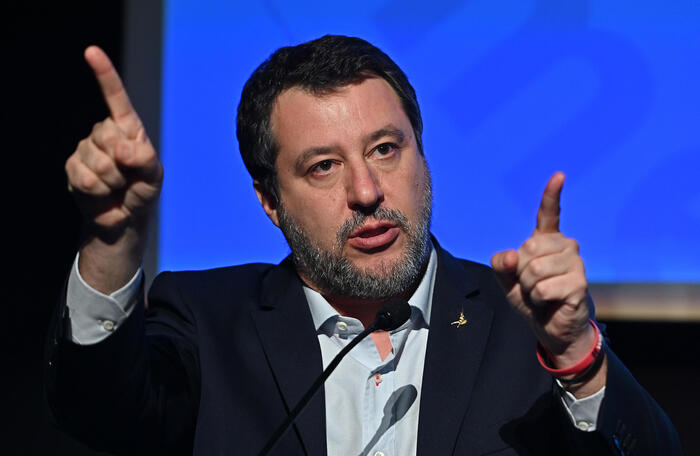The technical body of the Nuclear Safety Council (CSN) considers the Fertiberia company's plan to bury Huelva's phosphogypsum —waste from the manufacture of fertilizers that contain radioactive substances— viable as part of the area's restoration program, a process that has been judicialized for 15 years and in which the National High Court decided to take control in 2014 due to the "continuous and unjustified delays" in regeneration.
This paves the way for a restoration plan for an area where millions of tons of this waste were dumped for around five decades.
The project, consisting of covering the waste with clay and sand, is not without controversy, as some groups criticize the phosphogypsum not being removed from the area.
The positive report from the technicians will be studied this Wednesday by the five CSN advisers, who will have to issue the final decision.
They will do it almost within the limit of the three-month ultimatum that the National Court had given to this supervisor.
"It had to be done before June," say CSN sources, who point out that the directors will probably also give the go-ahead to Fertiberia's plan this Wednesday, although there is always the possibility that one of the members of the plenary will ask for a postponement of a few days
The technical report concludes that "the project provides guarantees" from the point of view of radiological safety, which is what this body must analyze, CSN sources point out.
But the probable yes of the plenary session of the CSN will be subject to conditions, according to the report prepared by the technicians.
The main one will be an annual monitoring by this entity of the restoration work.
This company is
one of those that make up the so-called chemical pole ―a polygon of chemical industries― on the outskirts of Huelva.
The plan has already been accepted by the Ministry for Ecological Transition, which in September 2020 issued a positive environmental impact statement.
But in that document everything was conditioned to the CSN certifying that what the company proposes as a solution is safe, since among the problems that these residues have is that they are radioactive.
In December 2020 the company presented its project to the CSN, but it has not been until now, a year and a half later and after the warning from the National High Court, when the final resolution of the supervisor is issued.
Together with Ecological Transition, the Huelva City Council gave a favorable opinion, which issued an urban compatibility study for the project.
Now, after the opinion of the National Security Council, the focus will be on the Junta de Andalucía, an Administration that must decide in the coming months whether to grant the integrated environmental authorization to the Fertiberia project.
The file of this project was subject to the processing of allegations until February 3.
Apart from the numerous allegations received, to decide whether to give the project a free pass, the Andalusian Ministry of Sustainable Development must analyze the report of the Ministry of Health on the impact on people's health and the CSN report.
More information
What to do with 120 million tons of toxic waste?
What was examined by the CSN refers to the closure phase of the rafts, whose execution period is 10 years.
Once this stage is completed, this body will have to certify that the action is indeed safe and that what was established in the action program is complied with, sources from the council explain.
Then the post-closure phase would begin, which will last another 30 years.
The forecast is that on the rafts, in the huge area that would be gained in Huelva, green areas will be located.
However, the solution that they finally want to adopt, burying the waste, has been highly criticized in the Andalusian city from social, political and academic groups, who reject that it continue there.
Among the latter, the group of experts from the University of Huelva stands out,
The area where phosphogypsum has been dumped since the dictatorship occupies an area of around 1,120 hectares and is divided into five areas.
The so-called zone 1, of 400 hectares, has already undergone a restoration process, although leaks into the estuary have been reported in recent years.
What is now being analyzed by the CSN and which has the approval of the ministry is the action plan for zones 2 and 3, with a total area of 441 hectares.
In zone 5 (154 more hectares) no discharges were made, so there is no radiological risk, although restoration work is planned in some areas.
Fertiberia, in the project that it presented to the Ministry for Ecological Transition, had also included zone 4 in its plan, which occupies an area of 125 hectares and in which some restoration work was carried out in the past.
But the department headed by Vice President Teresa Ribera decided to remove it from the project on the understanding that neither the soil nor the proposed solutions had been studied in depth, so the company should present a new plan and submit it to an environmental assessment.
In zone 4, in addition to the Fertiberia waste, other construction and other types of waste were deposited.
And, what is more problematic, radioactive ashes from the Acerinox accident in Los Barrios in 1998.
hit by car
In June 2007, 15 years ago, the National High Court ordered Fertiberia to stop dumping phosphogypsum in Huelva on the understanding that the concession it had had already expired.
The magistrates also demanded that the environmental regeneration of the affected area begin "immediately", something that three decades later has not happened.
Given the obvious delays, the first section of the Contentious-Administrative Chamber of the National High Court decided to take control of the regeneration in 2014 and the process has had to move forward by court order.
During this time, the judges have forced the company to present a guarantee of 65 million euros.
Within the CSN they have also been aware of the problem of the Huelva rafts for more than a quarter of a century.
In fact, this body officially recognized in 2018 that two of the six areas of the country that are currently contaminated by radioactivity were located there.
On the one hand, in the pools with phosphogypsum —those in zones 1, 2, 3 and part of 4— there is a presence of Radio 226, generated in the fertilizer manufacturing process.
On the other hand, the CSN admitted that zone 4 was also contaminated with Cesium 137 from the radioactive ashes of the Acerinox accident.
Other locations affected by this problem are the Almeria district of Palomares and the banks of the Jarama River irrigation canal.
At the moment, the Government is trying to bring some order to this type of radioactive contamination, which is not officially recognized in Spanish law.
After pressure from Brussels, the Executive has initiated a legal reform that will regularize the soils contaminated by radioactivity and will allow the preparation of a catalog of affected areas, where plans for decontamination or restriction of activities must be presented, depending on the case.
You can follow CLIMA Y MEDIO AMBIENTE on
and
, or sign up here to receive
our weekly newsletter
Exclusive content for subscribers
read without limits
subscribe
I'm already a subscriber


/cloudfront-eu-central-1.images.arcpublishing.com/prisa/XK4A4FN6VVDT552OZPC2OFWQSE.jpg)






